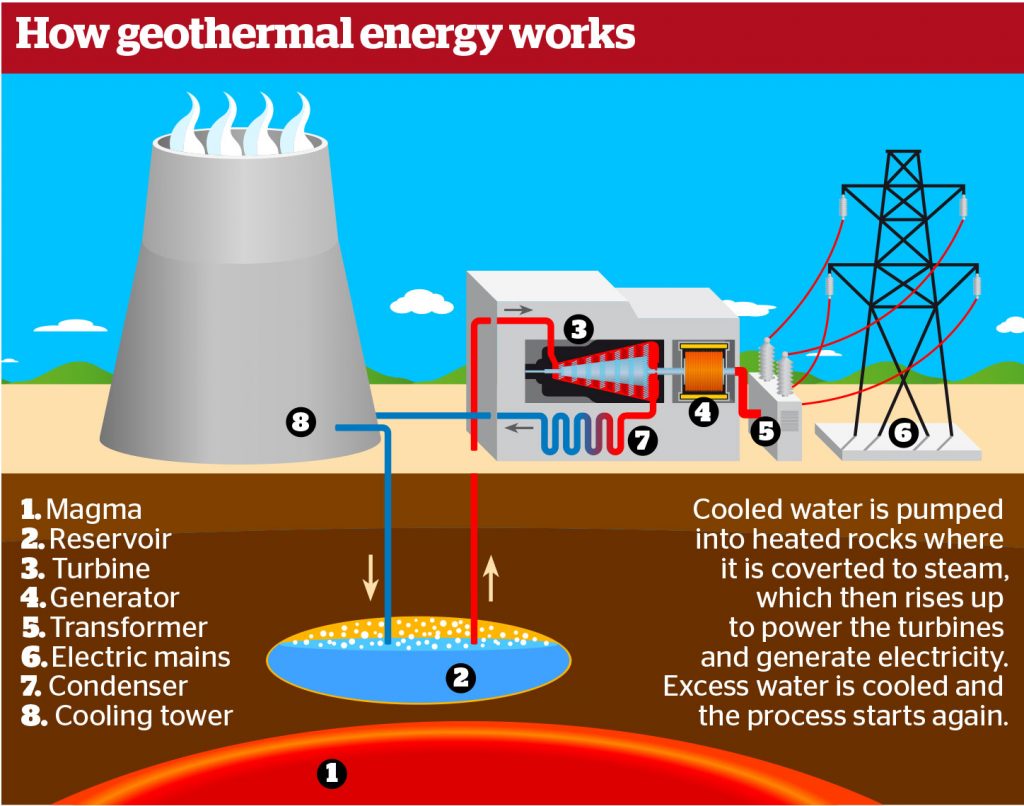Technical Off-Road Workouts Offer Shade, Require Special Gear
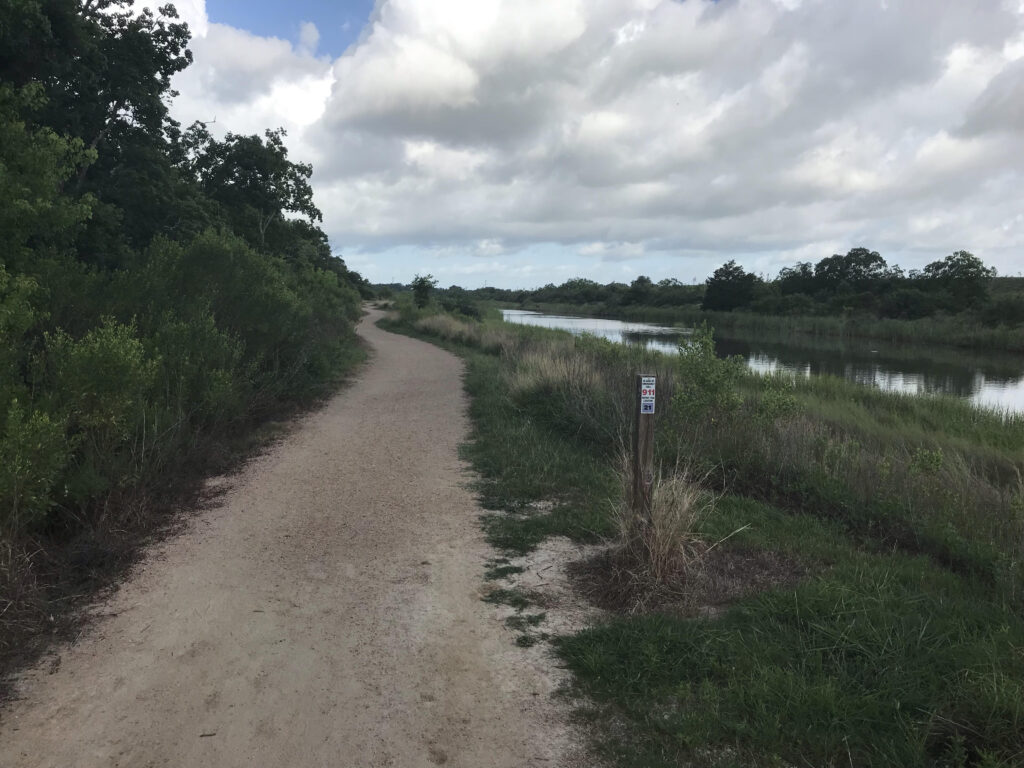
|
Ads we feature have been independently selected and reviewed. If you make a purchase using the links included, we may earn a commission, which helps support the site. Thank you for your support.
When you consider running in the summer heat and humidity here in South Texas, it makes sense to leave the pavement behind and hit the softer trails. If you are running as part of a weight loss program, you can’t just take up an intermittent fasting diet and bail on your workouts, but you can make it more comfortable.
If you can find a shady area, and stay properly hydrated, you’ll have a much more satisfying workout for a short run or a weekly long run. If you’re not yet a trail running aficionado, know that there is a slight but interesting learning curve when coming from a road or track background. Here’s a few handy trail running tips.

Be alert! Pay close attention to the trail surface, even on a seemingly-benign crushed rock trail. Things like exposed tree roots, partially-embedded rocks, and pesky gravel on steep declines can sideline you in a flash. I’m not saying you have to constantly stare at your flying feet; rather, pay attention to what’s coming up. Anticipation is the name of the game. Then you can make adjustments as you go along. I generally scan about ten feet ahead with short glances down and sideways as needed.
Run Softly and Carry a Big Stick
The unsung running stick is an important tool if your trail is at all wooded, like parts of the Seabrook Hike and Bike Trail. So what’s the purpose? Spider web control for one thing. Our insidious friends spin their webs across the trail, presumably because that’s where the bugs fly. You’ll find most of them in the morning and in shaded areas.
Amazon
Bigger webs means a bigger bug harvest for a hungry spider. I can’t think of many things to get less excited about than a mouth full of viscous spider innards or a web clinging to my sweaty body. That stuff just won’t let go. Running with a group? In theory only the lead runner needs a stick. What kind of stick works best? I like one with a “Y” shape on one end, similar to a dowsing rod. Hold it up in front of you keeping the “Y” at face level. That won’t help your legs too much, but most of the webs are higher anyway, torso and face, specifically.
Use an Insect Repellant
Keep a small spray bottle of insect repellant in your water belt. Mosquitoes are attracted to trails just like runners are. The incubation period after a recent rain is seven days. They’re not as much of a problem while you are in motion, but they’ll be on you like white on rice when you pause to climb over a log or take a break.
Use Trail-Running Gear
If your trail is at all technical, trail shoes are a good investment. I run in Kahtoola running gaiters“>Kahtoola INSTAgaiters. They are easy to use and effective since they offer an offset locking zipper and a top drawstring.
Obviously, have fun! It’s no surprise that running trails are dirtier than city streets by nature Well, unless you are running the streets of San Francisco. Then you have to avoid random junkie’s used needles and piles of fecal matter. Getting dirty on the trails is unavoidable if you’re doing it right, so just go with the flow. Mud puddles? Not so much flow but go ahead and enjoy them like your inner kid wants you to.

Run With a Buddy or Two
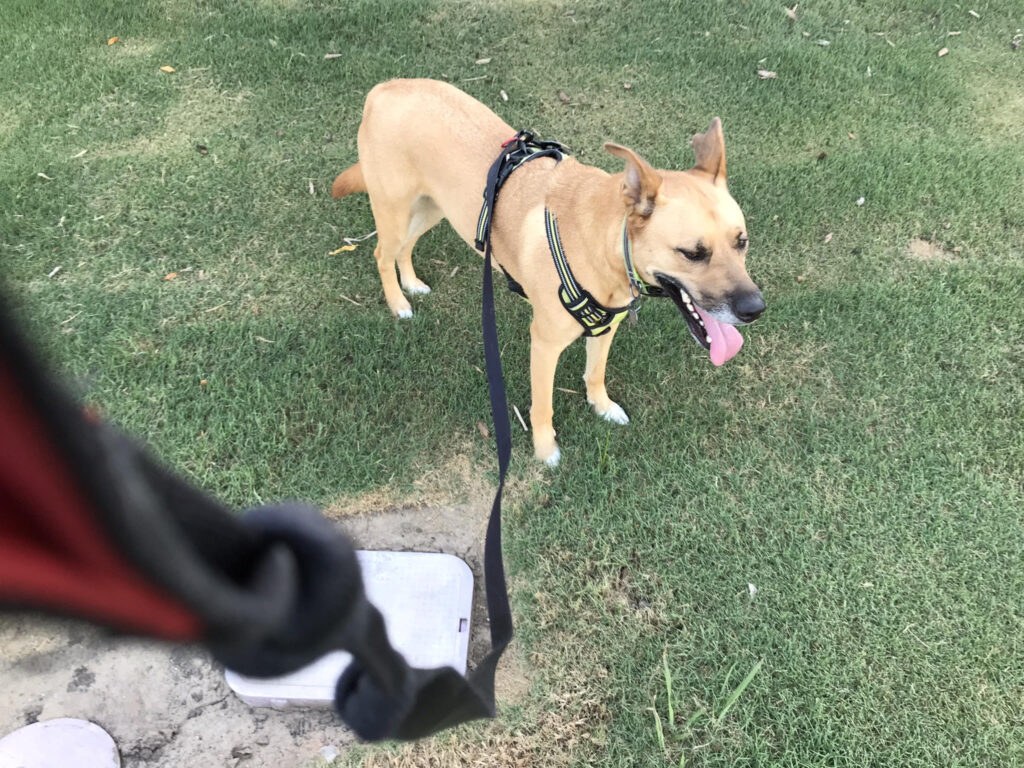
Flying solo is great for street running but there are benefits to enjoying a bit of companionship when in the great outdoors. For example:
- Share the wonder. Unless you are one who is oblivious the beauty of (choose one or more) Mother Nature, God’s Creation, or quantum physics, you should be moved by nature. After all, something lured you off the comfortable concrete surface. Companionship, especially under the influence of endorphins, is a wonder magnifier.
- You need a wingman. Or, is that wingperson? I can’t keep up with the woke culture’s shiny new pronoun fixations; I’m just old-school that way. Seriously though, if an accident transpires, you need a partner. In my case, Frankie runs with me. He has paws instead of hands, but he can ward off wild critters and howl for help.
These are just a few spring and summer trail running tips to bring trail nubes up to speed. There’s a great selection of trails in Texas and elsewhere, so take advantage of them and catch some shade.
Further Reading
- Running Improves Memory, Brain Cells
- Introduction to Intermittent Fasting
- Exploring the Seabrook Hike and Bike Trails
- Running in the Heat & Humidity
- Full-Spectrum CBD, Delta 8 THC, HHC
- Sourdough Peanut Butter Ball Recipe
- Tecnológicas Claves Post-Pandemia
- A Fundamental Guide to Long Runs
Looking for more great content? Visit our main page or partner sites:
I offer article and blog-writing services. Interested? Contact me for a quote!
Did you find this article helpful? Millions of readers rely on information on this blog and our main site to stay informed and find meaningful solutions. Please chip in as little as $3 to keep this site free for all.



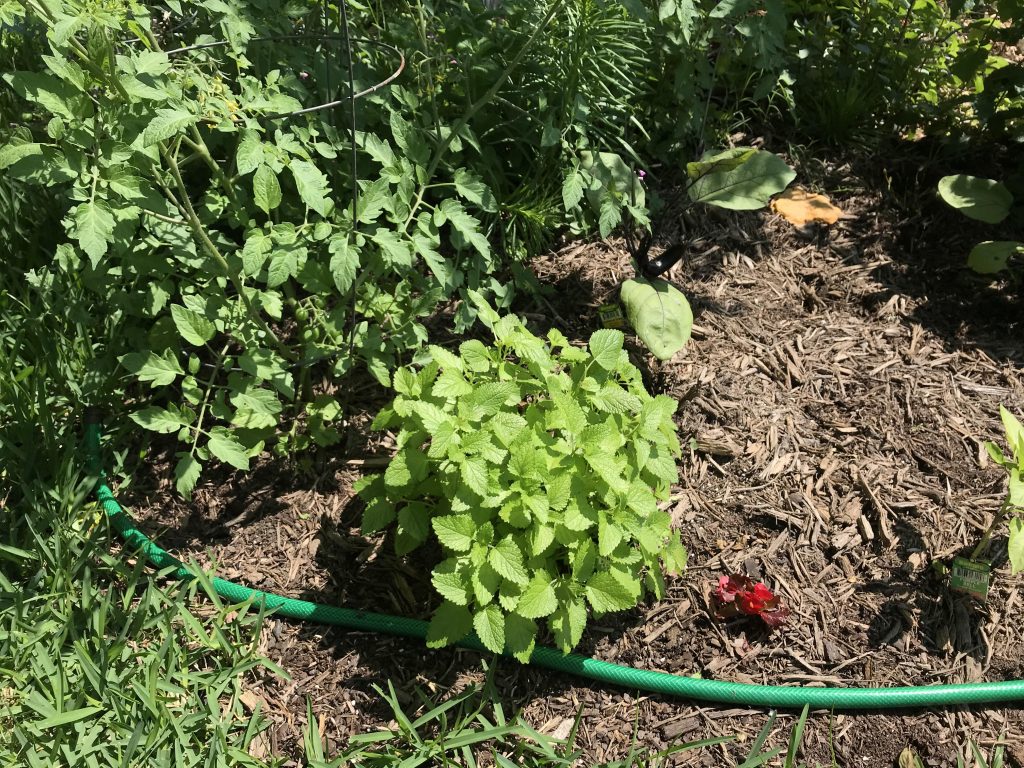



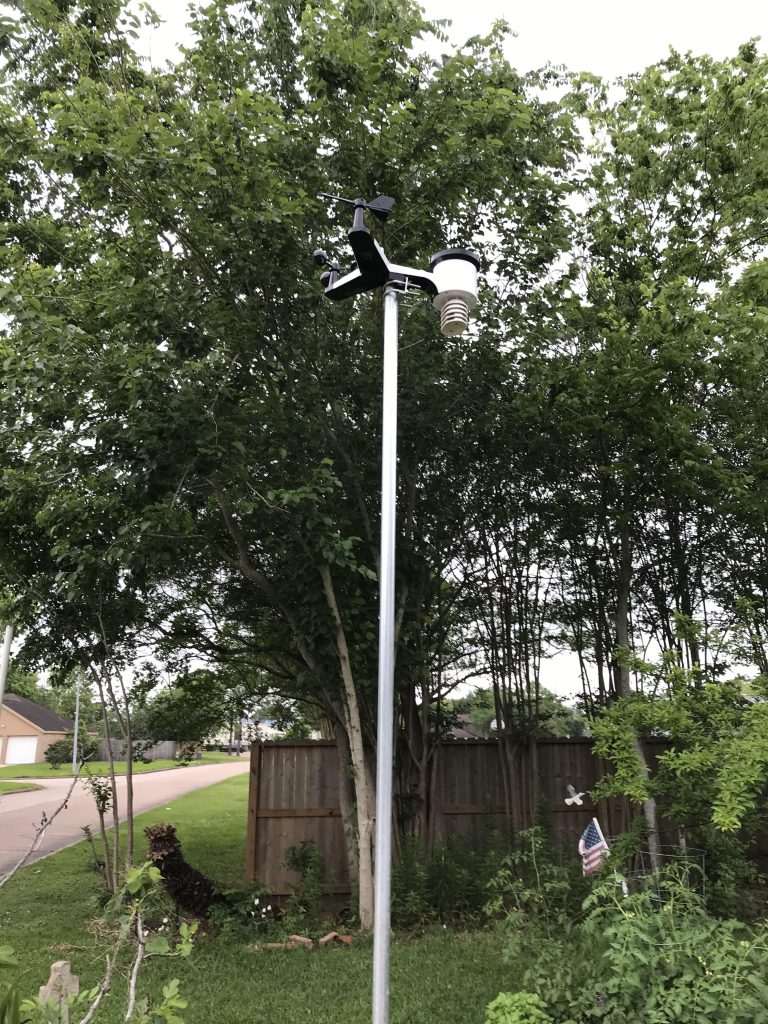
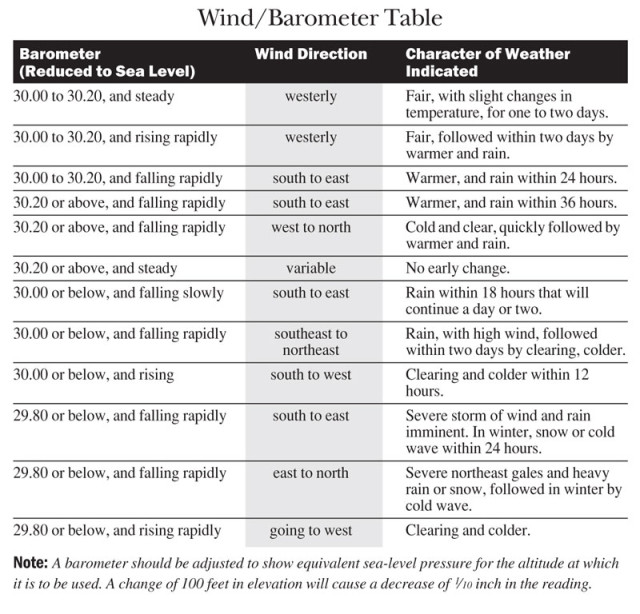

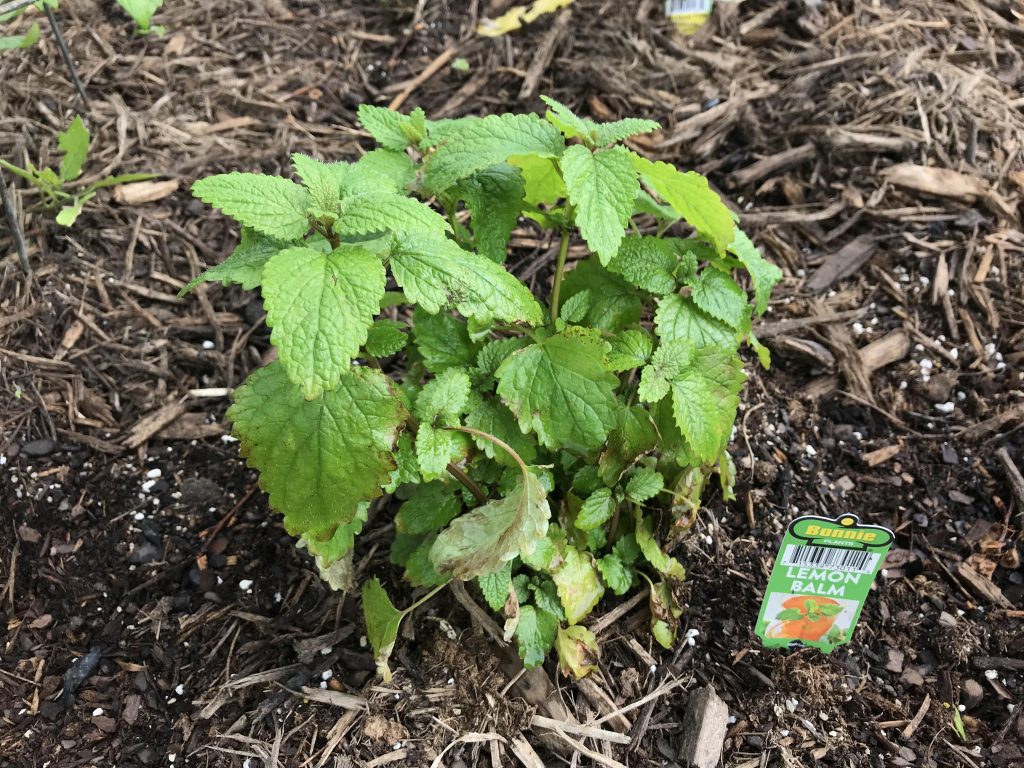





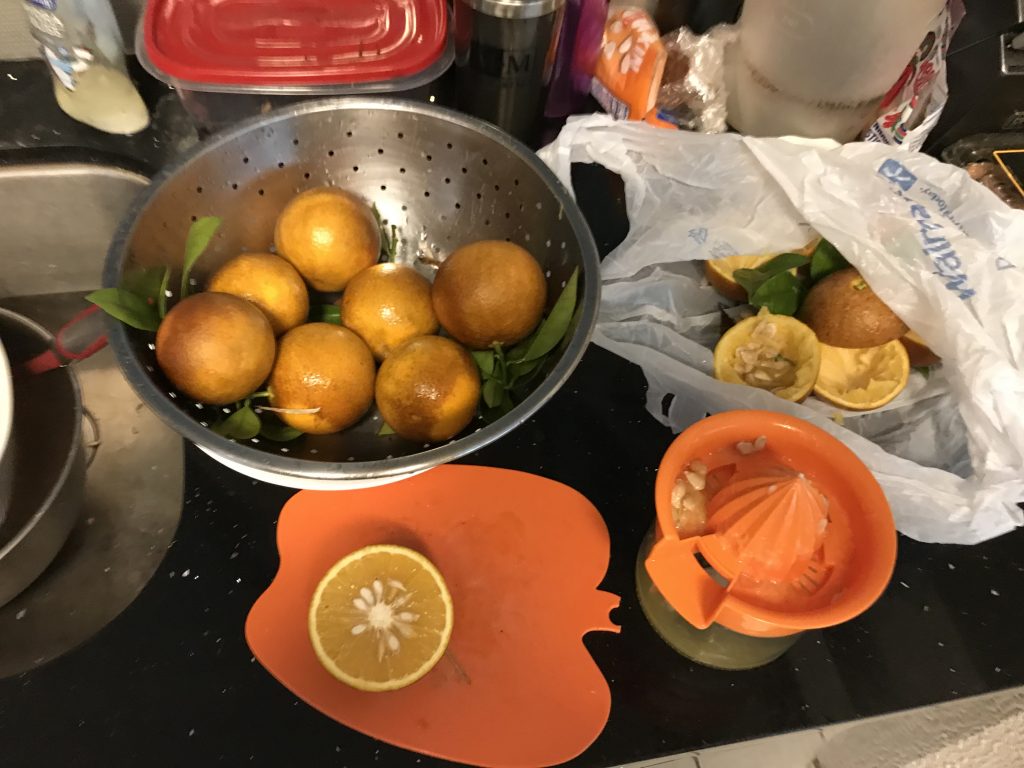
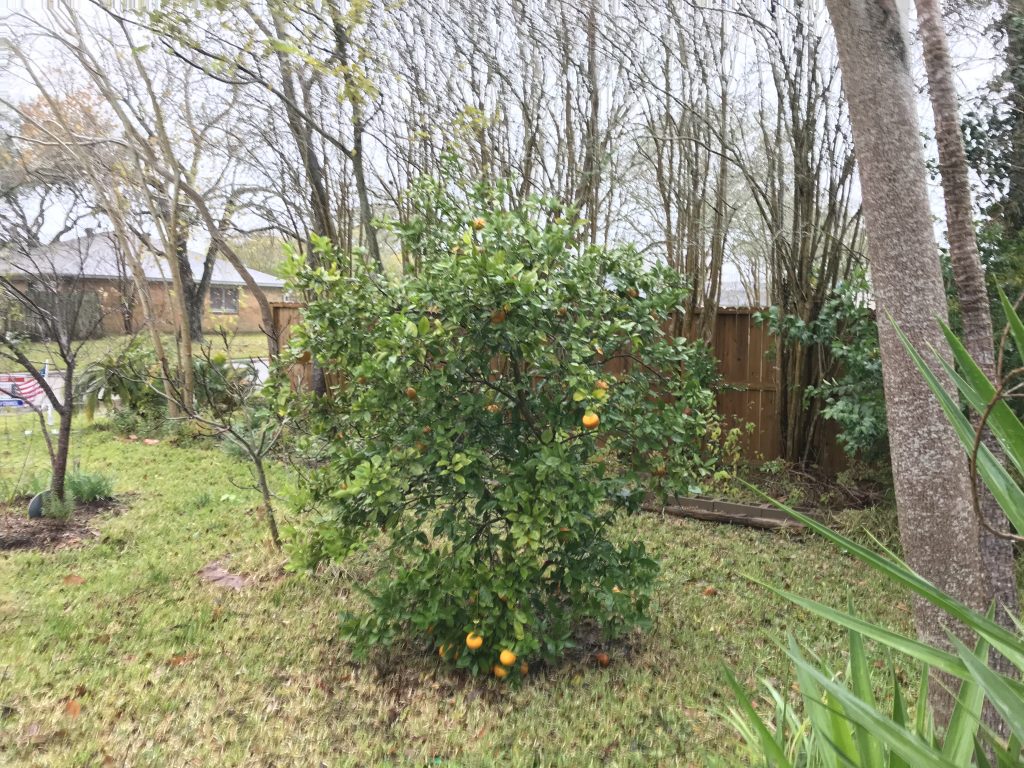
 Kelly R. Smith is an Air Force veteran and was a commercial carpenter for 20 years before returning to night school at the University of Houston where he earned a Bachelor’s Degree in Computer Science. After working at NASA for a few years, he went on to develop software for the transportation, financial, and energy-trading industries. He has been writing, in one capacity or another, since he could hold a pencil. As a freelance writer now, he specializes in producing articles and blog content for a variety of clients. His personal blog is at
Kelly R. Smith is an Air Force veteran and was a commercial carpenter for 20 years before returning to night school at the University of Houston where he earned a Bachelor’s Degree in Computer Science. After working at NASA for a few years, he went on to develop software for the transportation, financial, and energy-trading industries. He has been writing, in one capacity or another, since he could hold a pencil. As a freelance writer now, he specializes in producing articles and blog content for a variety of clients. His personal blog is at 